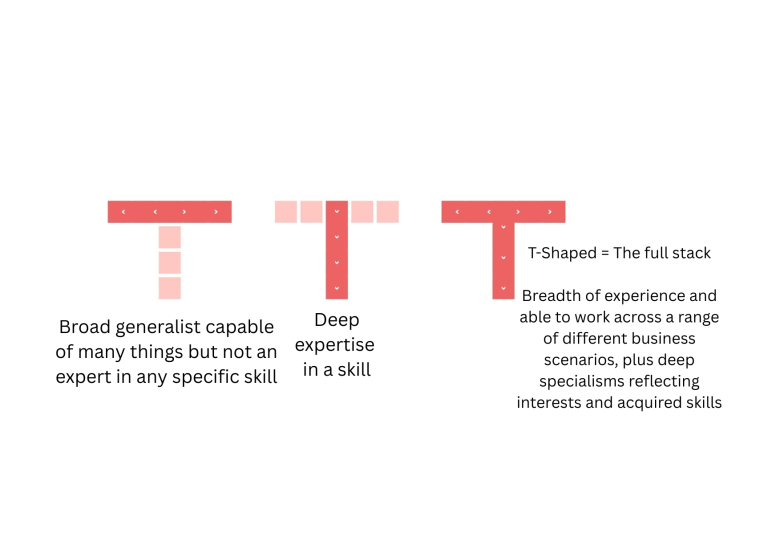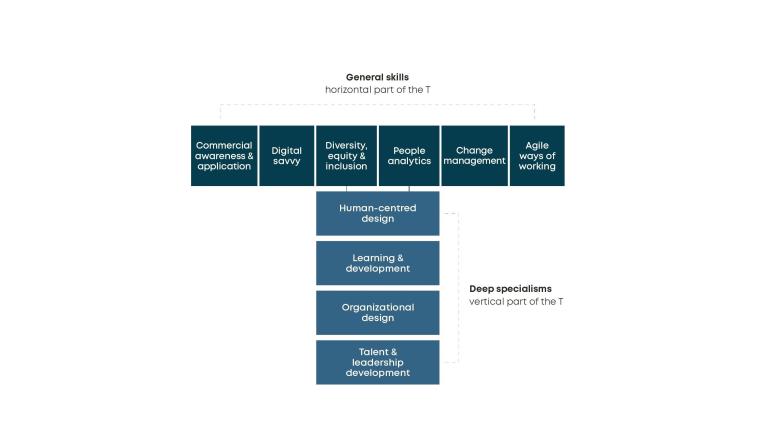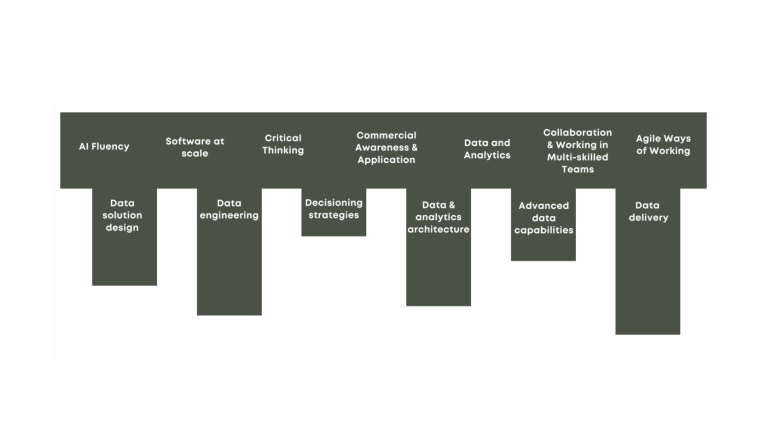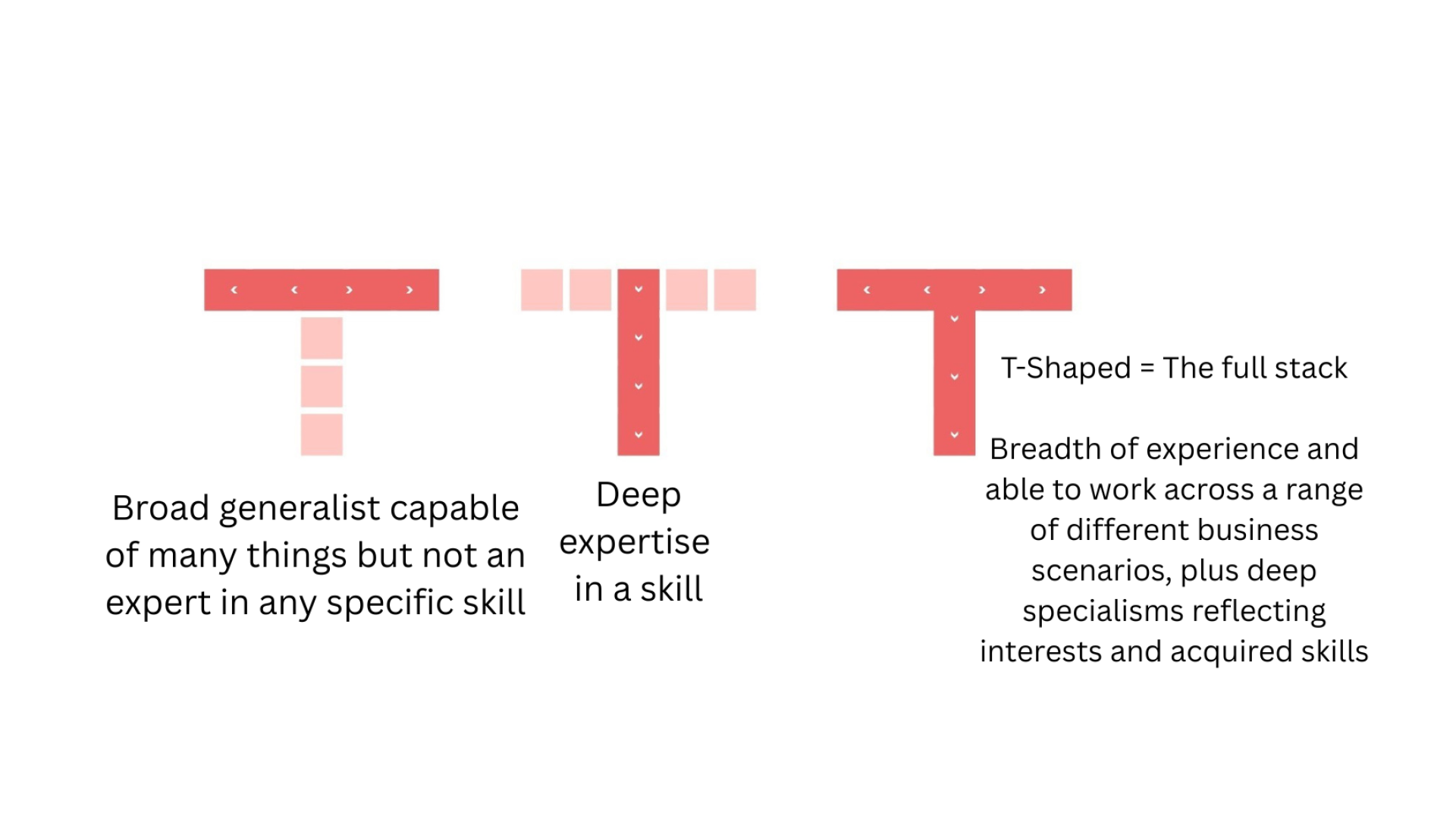By Natal Dank at PXO Culture
Disclaimer, sadly this has nothing to do with tea, T2 or tea and biscuits, high tea or afternoon tea. But do enjoy any, or all of these as you read this article.
Public services in Australia continue to rapidly evolve, with distinct emphasis on cross department and service collaboration, together with bold focus on leveraging technology. Omnipresent is digital transformation, namely, to achieve better service delivery and efficiency and elevate the products you offer.
For Australian public service employees, you are uniquely positioned to role model major workforce transformation, however it goes without saying achieving this will take more than a quick pivot of skills and capabilities in workforces; 5 generations of workers exist within the systems, but 44% of peoples core skills are predicted to change over the next 5 years (World Economic Forum, 2025).
So, what exactly is the change we’re talking about?
Modern workplaces are moving from jobs and functions to skills and roles. From rigid hierarchy to fluid collaborative networks. From functions to end-to-end product experiences and specifically in terms of the employee, from providing career ladders to being a source of opportunities and experiences.
Change of this nature we know can leave many employees concerned, so what are we to do? Or, as we are often asked by individuals… How can I stay relevant?
Firstly, say goodbye to the traditional concept of ‘careers as ladders’, in our modern working world, a career is now excitingly an adventure, made up of planned and unplanned experiences, where opportunities can be maximised and unexpected twists and turns confidently navigated.
This adventure is supported by a map, created by developing and working in a T-Shaped way. Working T-Shaped means you break out of traditional team or specialist silos and build a level of general business and commercial acumen, while still being able to cite expertise in specific capabilities and new tools, such as AI.
The T-Shape, like all frameworks, improves with testing, iteration, and adaptation. For us this means we now have a version of the framework which we know is measurably better at supporting our clients accomplishing their professional and organisational goals. This is what we’ll take you through now.

First, let’s consider the general skills – the horizontal part of the T. These are skills in which you have a general level of capability. You’re not an expert, but you have a solid working knowledge of the topic and its application within a business setting. It follows that the greater the breadth and diversity of these general capabilities, the better the ability to flex and adapt across various business scenarios and projects.
Now, let’s consider the vertical part of the T, which represents your specialisms. These are the specific skills where you have deep expertise and can offer advice and direction. On these topics, you contribute to projects and product design as a subject matter expert or leader in your field.
So, what’s the benefit of this way of working?
The T-shaped approach strategically develops general business and commercial capabilities supplemented by deep specialisms in topics (or other business areas). By combining both breadth and depth, you’re able to build a skills profile that essentially makes you more capable and employable, you’re better able to adapt and respond to change, as well as transfer your skills across different business scenarios as and when required.
Additionally, the T-shape framework allows you to focus on developing or strengthening skills deemed vital for your current organisational context, such as the increasing need for professionals to be comfortable working with data analytics or genAI.
The overall aim is to acquire a good range of general capabilities and based on your career preferences and the capability requirements of your organisation, also pursue specific specialisms. This means your T-shape continuously evolves and is shaped through different career opportunities, targeted development, and the skills demanded by the business context in which you operate.
An example T-Shape;

At an organisational level, working T-Shaped is also applicable. Inherently, it operates under the same principles of assembling a T-shape for an individual but scaled up, for example;
A data engineering T-Shaped Team

Here we see the horizontal (representing general capabilities) that most people in the team have a good solid knowledge of similar skills such as critical thinking, the ability to work commercially, and applying Agile ways of working.
Some, ideally all, of these team members also have deep knowledge of at least one topic such as solution design or analytics.
Note; T-shaped teams can be further strengthened by including people from other parts of the business who have additional general and specialist skills. So, in this case, it might be product marketers with customer knowledge.
What’s the benefit of having T-Shaped teams?
T-Shaped team design enables building skills-based approaches to hiring, deploying and developing capability. So, rather than looking at a pre-set list of tasks required to fill a job, workforce planners instead can apply the T-shape to seek out specific skills or skill clusters and group them together as and when needed. This supports greater diversity, in addition to increasing development opportunities. In the day-to-day, T-Shaped team design also enables business agility, the ability to rapidly respond to changing customer or employee needs with effective and appropriate solutions.
It also decreases dependencies and handovers, reducing the risk of detrimental knowledge loss or lack of important insight. It enables more productive planning in terms of capacity and capabilities, together with removing barriers to complex problem solving.
We also know that the way products are developed within T-Shaped teams means they remain customer focused versus siloed influenced. This increases the overall effectiveness to the end user.
Overall, T-shaped teams are capable of exponentially more efficient, productive, and innovative working. So much so, the request often given of ‘do more with less’ is not only manageable; it is, to an extent (dare we say it) achievable with some ease and enjoyment. Imagine being able to create and deploy teams (taskforces) that can handle the whole job or solve the whole problem in days. With T-Shape this is actually possible!
Final thoughts
Experience with clients in Australia and further afield is showing that T-Shaped career development and workforce planning is reaping dividends. Individuals and teams both get to do more of what they’re great at, in a way that works for the customer and organisation, in a pathway forward which is meaningful, stimulating, yet structured and aligned to business needs.




